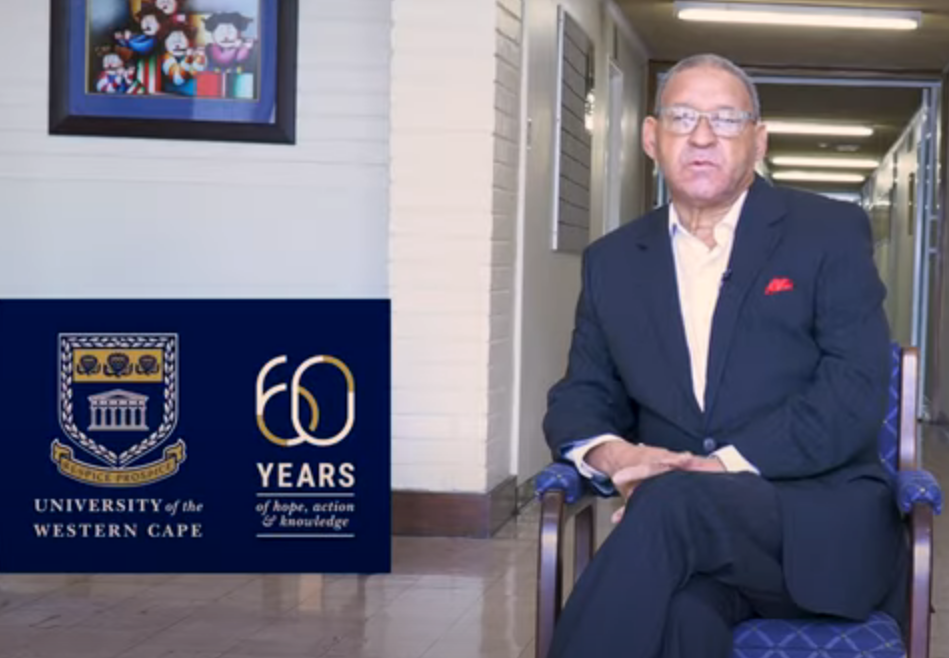Ottosdal and Letsopa
The Town of Ottosdal, was established as a Dutch Reformed Church on the Farm 'Korannafontein'. This occurred in 1913 and was named after its owner, GP Otto. The main routes to and from Gauteng (Pretoria, Johannesburg, Vereeniging), the Economic Centre of South Africa, passes through the Town to the neighbouring Countries of Namibia and Botswana. Ottosdal is the only place in South Africa where the unique “wonder stone” or Pyrophyllite, is found and mined.
The annual Agricultural show in Ottosdal is one of the oldest in the Province. There is also: a British Fort; ancient War Trenches and cemeteries; a Garden of Remembrance for the soldiers killed during the Anglo-Boer War; the Old Water Mill built in 1860 that is a National Monument; Khoisan Rock Engravings on local Farms and an Old Farm Guest House, that is one of few surviving Boer Farmhouses, this mansions was built in 1907. Today, it is mainly a farming community with a couple of supermarkets and coffee shops. (Aside from the obvious Historical value your break here will obtain!) There is also a Golf Club and, the opportunity to run in the Town's Night marathon or Half Marathon, stay on local Farms and Game Reserves, like Madikwe Game Reserve and Mafikeng Game Reserve, and a chance to visit Bloemhof Dam, just South of Ottosdal. (it is also considered one of the best fresh water fishing Dams in the Country, all links provided in further reading!) Letsopa is a small Township, situated just slightly, to the West of Ottosdal. Pyrophyllite is a metamorphosed clay (a recrystallisation of rocks that already exist because of changes in either physical or chemical conditions), created by volcanic ash. It was initially used to make tombstones and building stone but today is used in a wide variety of products including: electrical insulation; refractory bricks and sculpting blocks.
https://www.bwm.org.au/warcourse/Korannafontein.php
https://www.facebook.com/pages/category/Restaurant/Ottosdal-Countryclub-Coffeebean-on-the-Green-100600581763658/https://www.madikwegamereserve.co.za/specials/?gclid=EAIaIQobChMImJuitMyu9wIVFu3tCh2dqgH8EAAYASAAEgKcL_D_BwEhttp://etd.uwc.ac.za/xmlui/handle/11394/2804 https://www.sa-venues.com/game-reserves/mafikeng.phphttps://www.tourismnorthwest.co.za/bloemhof-dam-nature-reservehttps://www.researchgate.net/publication/291296561_Characterisation_of_plastic_clay_and_prophyllite_used_as_adsorbents_for_the_removal_of_pollutants https://www.sa-venues.com/events/easterncape/category/agricultural-shows/https://census2011.adrianfrith.com/place/666025
